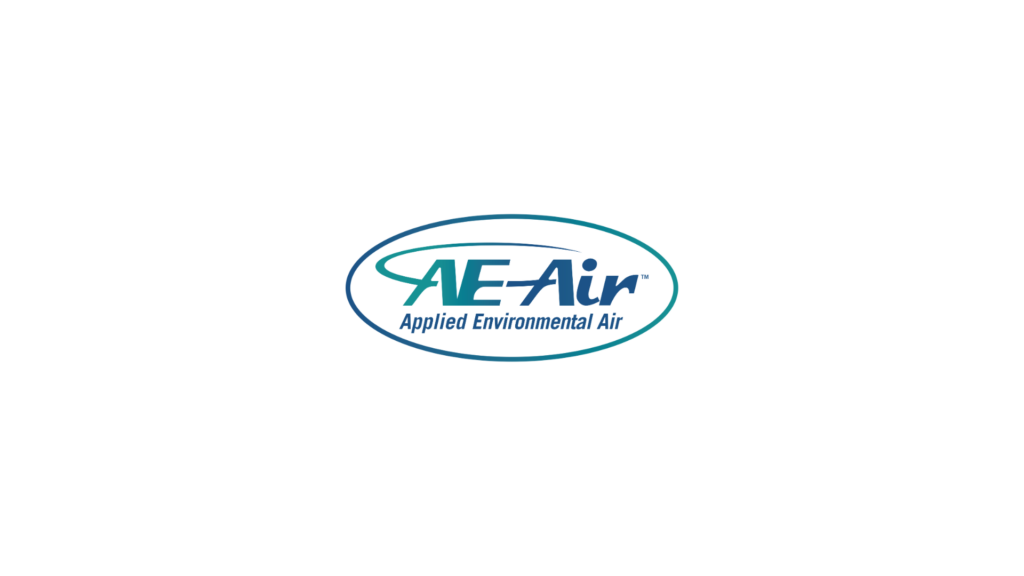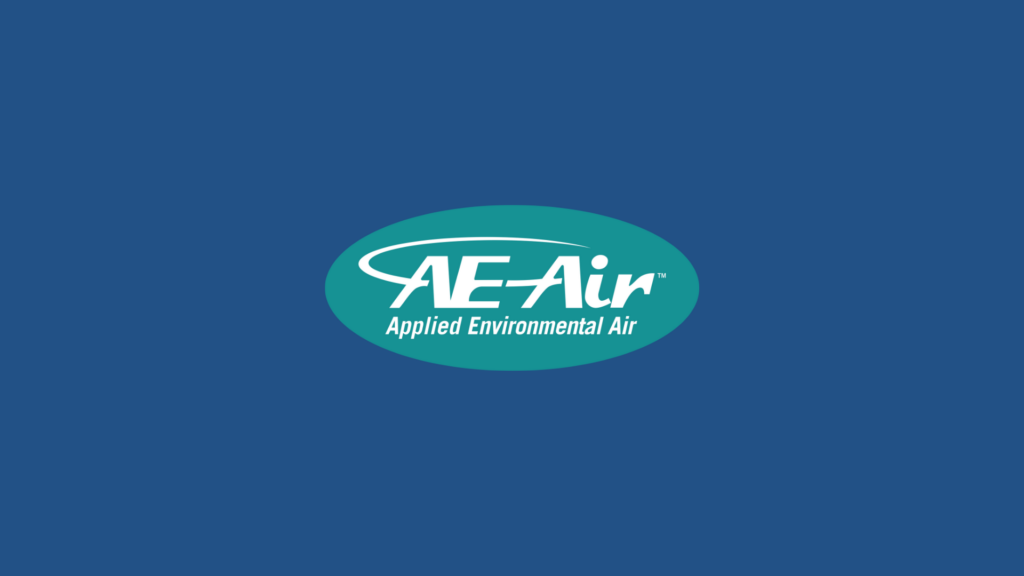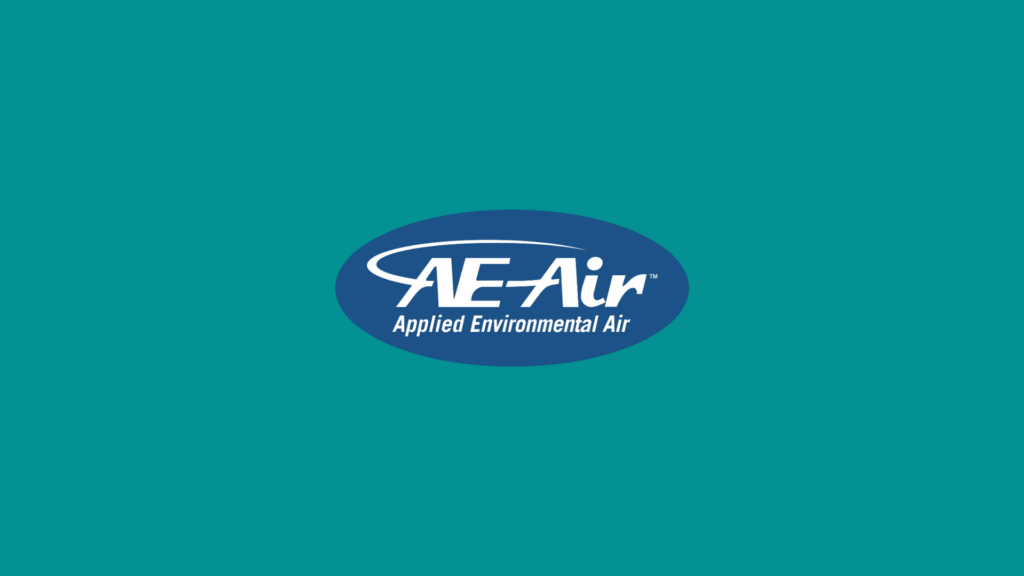Proper HVAC installation in new buildings is more important than ever. As construction projects continue to grow in size and complexity, ensuring an efficient HVAC system from the get-go can save countless headaches later. These systems are responsible for maintaining comfortable environments, reducing energy consumption, and ensuring good air quality. Whether you’re working on a skyscraper, a sprawling retail center, or a new apartment complex, understanding the steps to effective installation can vastly improve the outcome.
New construction projects often come with unique challenges, and getting the HVAC system right from the start is a crucial part of the puzzle. Effective installation not only streamlines operations but also adds significant value to the property. As technology advances, staying informed on the latest installation techniques can make a big difference. Let’s explore how to plan and implement this critical stage effectively.
Pre-Installation Planning
Laying the groundwork for a successful HVAC installation begins long before any equipment arrives on site. The primary focus is on understanding the building’s specific needs, as each type of structure will have its own set of challenges and requirements.
1. Assessing Needs and Design: Start with a thorough assessment of the building’s design and usage. Consider factors like the building’s total square footage, the number of floors, and how each space will be utilized. For instance, a high-rise office building will have different HVAC needs compared to a large open-plan warehouse.
2. Choosing the Right System: Once the initial assessment is complete, selecting the right HVAC system becomes easier. Systems vary greatly, from chilled water fan coils to advanced water source heat pumps, each offering distinct advantages. Choose a system that aligns not only with the building’s design but also with its energy efficiency goals.
3. Early Integration in Plans: HVAC planning should be integrated into the building’s overall construction plans as early as possible. This allows for better coordination between different construction teams and helps avoid potential conflicts with other building systems like plumbing and electrical work.
Taking the time to plan properly will ensure a smoother installation process and improve the overall functionality of the system. Proper pre-installation planning sets the stage for everything that follows, providing a blueprint for a successful project. Whether it’s ensuring compatibility with the building’s layout or aligning with energy efficiency standards, this stage can’t be rushed or overlooked. Planning effectively will pave the way for installation success, saving time and reducing costs down the line.
Installation Best Practices
When it’s time to install the HVAC system, laying the right groundwork is vital. Starting with site preparation, ensuring the space is ready for ductwork or any components needing installation can prevent a host of issues. Clearing debris, mapping out duct routes, and confirming that everything aligns with the design plans are important steps.
The installation process itself has a rhythm. Begin by fitting the ducts, making sure they’re properly sealed to avoid leaks. Place all necessary components, such as the air handlers and condensers, in their designated spots. With precision, these systems can provide more than just cooling or heating; they become part of the building’s core infrastructure.
It’s easy to run into common troubles if things aren’t done carefully. Missteps like improper duct placement or not following the manufacturer’s instructions can lead to inefficiencies and costly repairs. A checklist for installers could include:
– Confirm that each component is placed in its planned position.
– Verify electrical and plumbing connections are secure.
– Check that duct joints are sealed tightly.
An attention to detail ensures that the system operates as designed, preventing unnecessary headaches down the line.
Testing and Quality Assurance
After installation, the true test begins. Running system checks is essential to confirm everything functions smoothly. Power up the HVAC systems and check for proper airflow and temperature regulation. Listen for unusual noises that might indicate installation errors.
Regular testing doesn’t just end after the first run. Sometimes, it takes several cycles to ensure all parts are working together harmoniously. During this stage, make a point to:
– Identify any unusual vibrations or sounds.
– Measure airflow and check for hot or cold spots.
– Look at system readings to ensure they align with expected values.
Adjustments might be needed to optimize performance. For instance, tweaking fan speeds or thermostat settings can make the system more energy-efficient. Conducting a detailed final inspection seals the deal, making sure every element is just right.
Post-Installation Maintenance
The work isn’t done once the installation and testing are over. Keeping up with regular maintenance keeps your HVAC system in mint condition. Create a schedule that includes periodic checks and seasonal adjustments, something that both saves energy and extends the system’s life.
Maintenance routines often encompass:
– Replacing or cleaning filters regularly.
– Checking for wear and tear on moving parts.
– Ensuring there are no obstructions in the ducts.
Beyond regular checks, investing in professional servicing at least once or twice a year can catch problems early. This means fewer breakdowns and a system that runs smoothly throughout its lifetime.
Elevating New Construction with Optimal HVAC Installation
Ensuring a successful HVAC installation in new construction means looking at each step as a building block. Starting from thorough planning to detail-focused installation practices and rigorous testing, every phase contributes to the longevity and efficiency of the system.
When you maintain these systems regularly, you’re investing in the building’s future, safeguarding it from unexpected failures. The goal is a seamless integration that not only meets but surpasses energy and performance expectations. Engaging with experienced professionals in this process brings peace of mind, knowing that the building’s climate needs are comprehensively covered.
These steps, when handled with care and attention, elevate the entire mission from mere tasks to an orchestrated operation that transforms construction projects into well-oiled, energy-efficient environments.
For your next construction project, trust AE Air to elevate your HVAC installation process with expert guidance and top-tier solutions. Whether you’re in need of new construction HVAC installation expertise or specialized systems like chilled water fan coils, our comprehensive offerings are designed to meet your specific needs. Partner with us to ensure energy efficiency and seamless integration, redefining the performance of your building’s climate control system.


